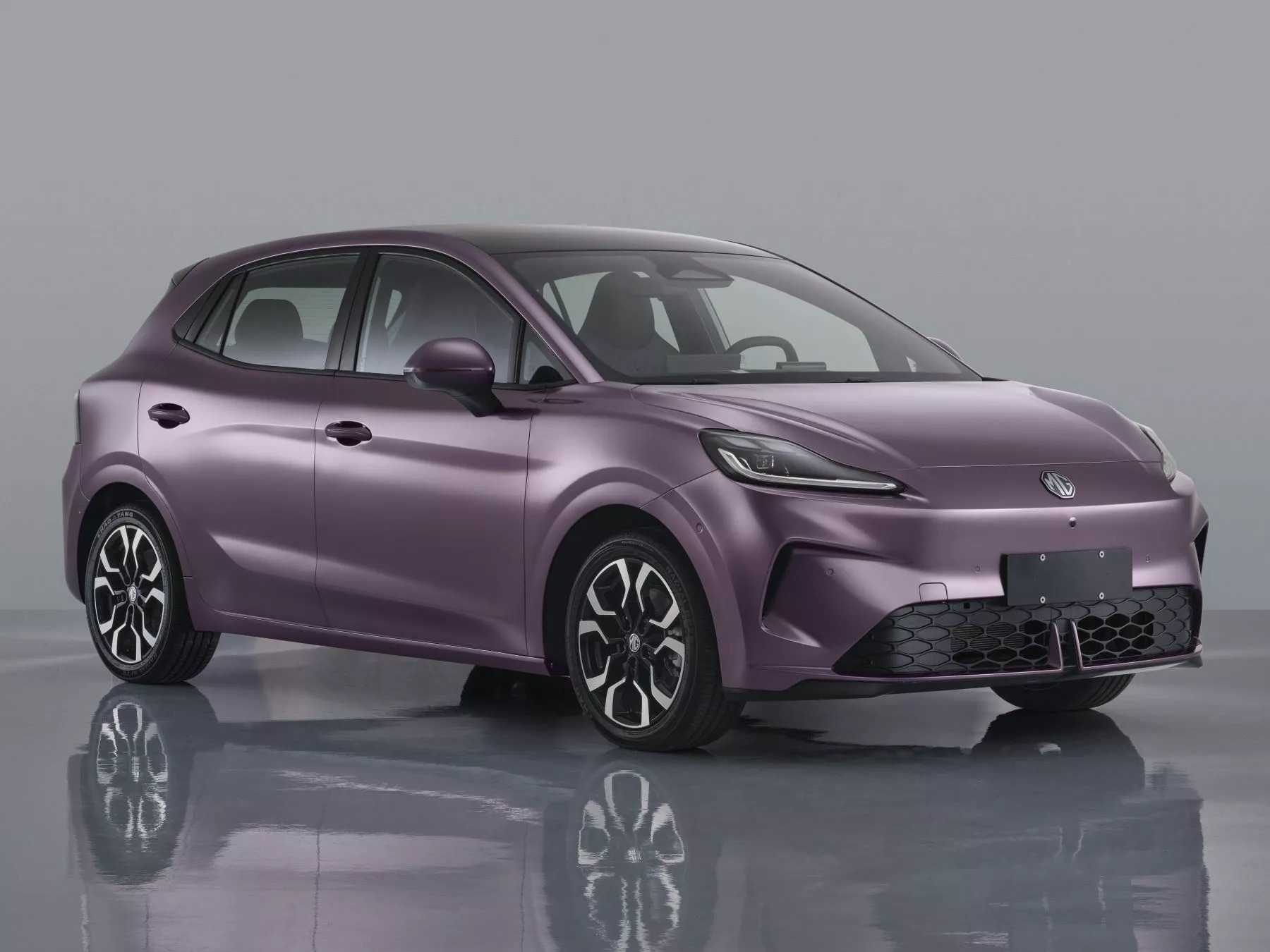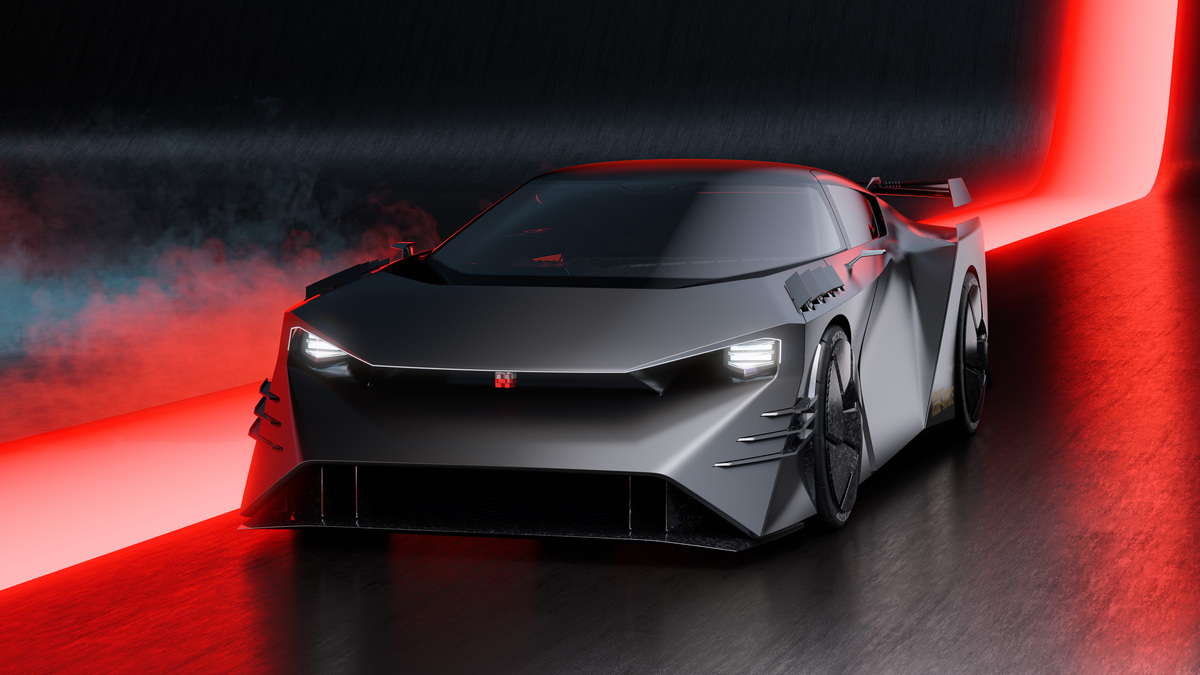Mazda is gearing up for a renewed push into the electric vehicle (EV) market. Despite a rocky start with the MX-30, which was recently discontinued in the U.S. due to poor sales performance, Mazda has outlined its vision for an electrified future. Central to this strategy is a fully in-house-developed electric SUV set to launch in 2027.
The announcement was part of Mazda’s detailed roadmap, extending through 2030. This upcoming SUV is expected to feature a plug-in hybrid (PHEV) derivative, most likely employing a range extender technology. The automaker has hinted at utilising its iconic rotary engine, which serves as a generator for recharging batteries rather than directly powering the wheels.
Mazda currently markets the MX-30 R-EV, an EV equipped with a single-rotor Wankel engine that acts solely as a generator. Industry analysts believe this setup could be carried over to the 2027 SUV, albeit with improvements.
“We believe our multi-solution strategy, encompassing plug-in hybrids, EVs, and carbon-neutral fuel technologies, will allow us to achieve meaningful CO2 reductions,” Mazda stated.
Rotary Engine Revival
The manufacturer reinstated its rotary engine development team in February 2024, reaffirming its commitment to advancing this unique technology. The team is tasked with evolving rotary engines for use as generators and ensuring compliance with emissions standards across major markets. Research into their compatibility with carbon-neutral fuels is also underway.
Mazda’s iconic rotary engines, celebrated for their compact design and smooth operation, have historically been used in sports cars like the RX-7 and RX-8. With the new focus on sustainable powertrains, the technology is poised to serve a different purpose in the electrification era.
Additional Electrified Models
Apart from the in-house SUV, Mazda plans to introduce another electrified crossover, developed in collaboration with Changan Automobile. This partnership has already yielded the Mazda EZ-6, a range-extender EV aimed at the European market. The new crossover is expected to debut between 2025 and 2027.
A Multi-Solution Approach
Mazda’s electrification efforts are part of a broader decarbonisation strategy. In a recent blog post, the company emphasised the importance of a varied approach to reducing emissions. The article, titled “Are Electric Vehicles the Only Answer? Expanding Possibilities with Mazda’s Multi-Solution Strategy for CO2 Reduction,” underscores the automaker’s belief in leveraging multiple technologies to meet sustainability goals.
Looking Ahead
The MX-30’s limited success underscored the challenges Mazda faces in a competitive EV market. However, the planned 2027 SUV signals the company’s determination to rebound with a stronger offering. By integrating advanced technology, including a possible rotary range extender, Mazda aims to create a vehicle that aligns with its reputation for innovation and driving enjoyment.
With this renewed focus on electrification, Mazda seeks to carve a niche in a rapidly evolving automotive industry.
























